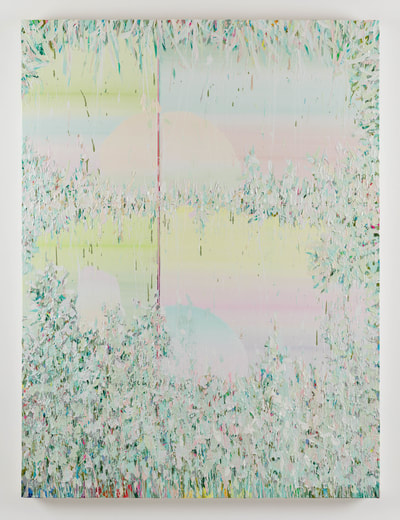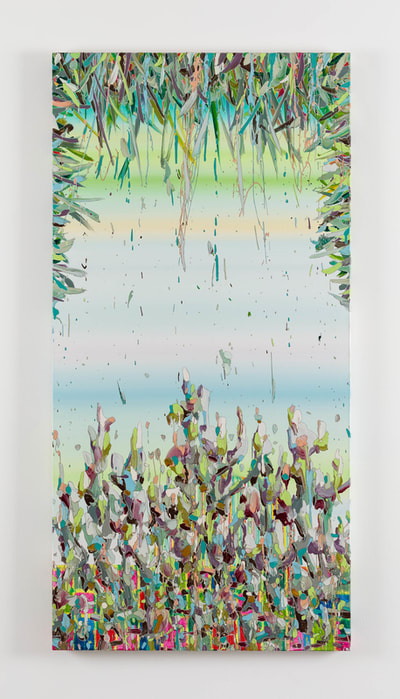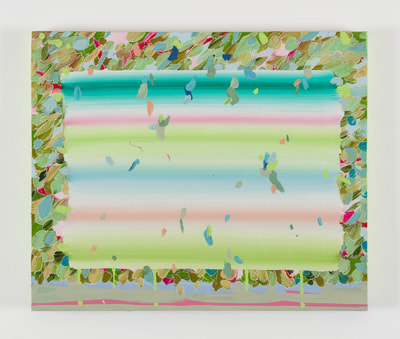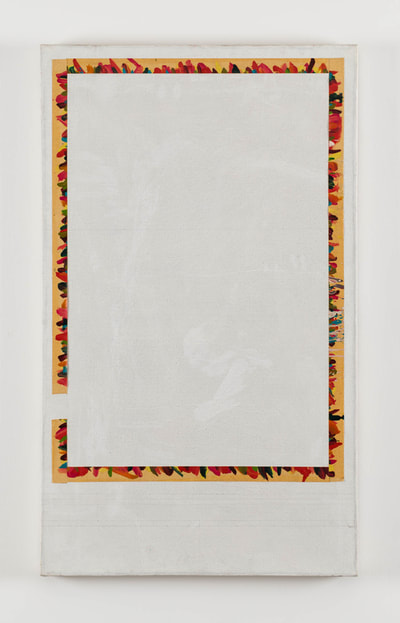XUE Feng: Ultra-Sides 薛峰《無邊》
|
|
XUE Feng: Ultra-Sides
23 March - 29 April 2017 Opening: Saturday, 23 March 2017, 5 - 8 pm In the context of art history, painting today can be regarded as post-painting. That does not mean painting has lost its reason for being, which would lead to the art form being dispensable or unanchored. What it implies is that painting today has evolved into a form of critique of it’s own traditional practice, something inspired not by nature, literature, society or philosophy but by the practice of painting itself. In post-painting, the pre-existing rules of painting are now merely seen as a conventional system to be deconstructed and reconstructed in specific art contexts. The work of XUE Feng deconstructs the way we experience surface, tactility and colours in modernist painting. He makes use of paradoxes that arise from contrasting perceptions, such as the tension between the illusion of space and the palpability of the surface, the clash between spontaneous and planned brush strokes, as well as the conflict between the physical characteristics of paint and the semiotics of colour. All these contradictions result in an “atonal” way of thinking. By undermining habitual emotional responses, XUE allows the audience to approach his paintings in a more rational way. One of the underlying themes in his recent practice concerns the “borders” of a painting. In modernism, the rectangular frame of a painting can be understood as its four borders. These borders create a window into the pictorial space while reaffirming the painting’s two-dimensional nature. They sever the connection between the work and the outside world and preserve the painting as an isolated enclave. Therefore, the borders are often what painters deliberately hide or emphasise. But in his new work, XUE stops seeing the frame as a mere necessity and rather treats it as a variable component that can be either dismantled or wilfully applied. He approaches the relationship between the inside and outside of a painting from a viewpoint characterised by "borderlessness" or "meta-borders". This allows him to transform the traditional boundaries into gaps or intermediary spaces, thereby breaking away from the mundane experience paintings often induce. |

















